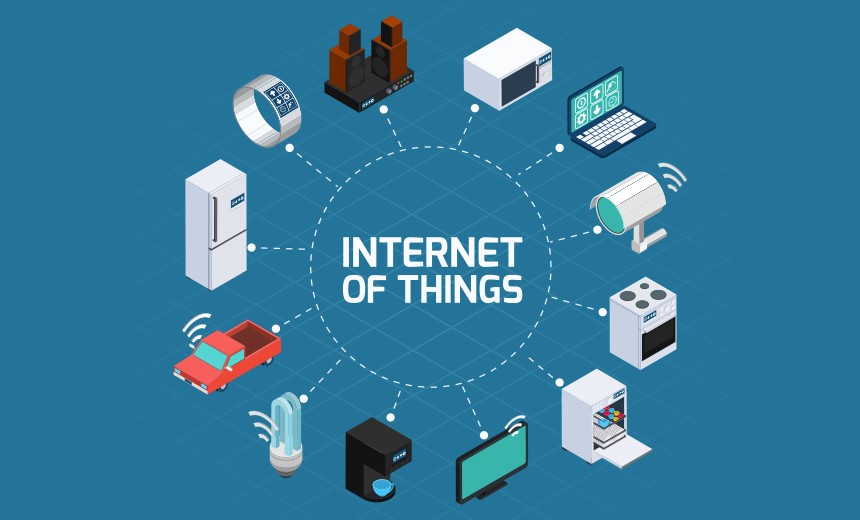The Internet of Things (IoT) is one of the most exciting technologies of our time. With the idea that all our items can merge into a single cohesive unit that works for us, the possibilities are endless. Today, many companies are utilizing the interconnectedness of our devices to increase convenience and automation in order to drive revenue and our dependence on those items. But this also comes with challenges, such as cybersecurity and the lack of proper implementation.
According to a recent study by Forbes in cooperation with Hitachi Vantara the value of a company is in their ability to acquire data, and the proliferation of IoT through the exceedingly decreasing prices of processing power and bandwidth makes this possible. But that doesn’t mean that all businesses are going to be successful in their endeavors. Forbes says IoT will save businesses up to $11 trillion dollars with revenues forecasted into 2025, but only those companies who properly use it will see the results of the inter-web of devices.
Customer experience
Customer experience is not the only thing companies are prioritizing, but it’s what’s generating the most success. With its roots in manufacturing, IoT is being used to help businesses connect with their consumers in real time. Since a majority of consumer purchases are done online, data through online buying and reviews allows companies to collect vast amounts of data. This in turn helps them to customize products and predict demand. They can build a direct relationship with customers through digital communication. With this information, businesses have an easier time creating and introducing new customer offerings and creating new revenue opportunities while decreasing the costs of the product life cycle.
The challenges
With the IoT being such an up and coming information system for companies to utilize, there are still unknown obstacles in this period of exploration. To help overcome this, Forbes states that many companies are taking on a “fail-fast” approach. This means they expect failure while they experiment with IoT, but they focus on learning from their mistakes and moving on from them quickly. This helps to keep momentum while driving innovation.
Cybersecurity is one of the more pressing challenges when it comes to IoT. With the nature of this system being widely connected, it leaves vulnerabilities for hackers to take advantage of. With everything that’s connected to the internet, from your phone to your computer to your alarm clock, a hacker could enter the system through any device and have access to everything else. Forbes states after interviewing businesses who are currently utilizing IoT, that companies recognize these issues and have placed higher security standards on their connected technology.
While many think the challenges of the IoT only have to do with software glitches, many of them have to do with people, not the technology itself. One example of this would be cross-department cooperation. Workers in different departments can often get siloed in their day-to-day but when the company is integrating an IoT system, the sales and marketing teams need to share their consumer data with manufacturing and vice versa. That way, all parts of the business have every piece of the puzzle to produce the best work. Furthermore, companies need to face the challenge of finding the right people to operate their product set and produce the proper data. From there they need to learn how to integrate this model and the data produced, into their everyday work load.
One of the biggest mistakes a company can make, is to integrate their system without learning the correct way to use it. Since this technology is still new, companies often need to look to experts when using the IoT. While there might not always be an expert at a company, businesses need to be more cognizant of the talent they’re hiring for these initiatives. Keeping in mind there is a learning curve, many businesses take advantage of programs that help organize big data into easy-to-understand information. However, whether they’re looking to an expert or software to help break down the information, being able to understand the data and make inferences from is extremely important.
The next biggest mistake would be using the IoT without a plan or objective. Just like with anything a company is testing or integrating, there needs to be strategic focus in mind. When initiatives are launched they should be tested against a measurable objective showing whether the efforts of employees were met with this technology. While many companies are taking on the “fail-fast” approach, there is the option to slowly integrate this technology by starting with smaller objectives. Businesses can then move on to bigger projects once they’ve developed some expertise, allowing them to find success gradually. Jumping into big projects without testing the waters with smaller projects can often lead to failure.
The future
Many companies are just discovering the importance of the IoT. According to Forbes, ⅔ of all Fortune 500 companies interviewed, believe in the importance of the IoT today, and most believe that it will be important in the future. According to Forbes U.S. Bank’s Dominic Venturo says, “I have yet to see a company that is going backwards on the IoT. The more they learn, the more they expand their goals and investment.” With a strategy in place and strong executive support, anything is possible for businesses and the IoT.
Source: Bdtechtalks

